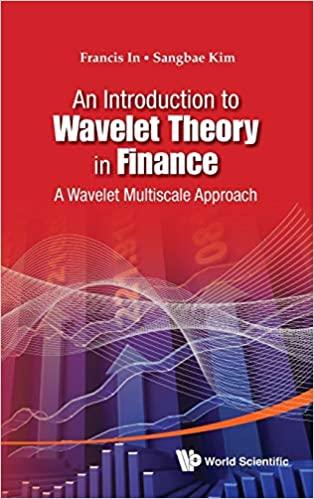Question
MagnusBane International Plc, a listed company operating in the entertainment sector, has a current market value (net of coupon payments on its debt in the
MagnusBane International Plc, a listed company operating in the entertainment sector, has a current market value (net of coupon payments on its debt in the current period) of 170 million. The firms market value has been projected to either increase by 50% or decrease by 30% in any one year.
The company is financed through equity and callable, convertible debt consisting of 1,500,000 debentures. Each debenture has a face value of 100, a coupon of 3%, and a remaining term to maturity of two years. Each debenture may be converted into 20 shares at any time up to and including maturity. The company has the right to call the debt at any time. If the debt is called, debtholders must choose to either convert their debt immediately or accept the call amount consisting of a fixed payment of 130 per debenture.
In addition to the callable, convertible debt, the company is also financed with a total of 5 million outstanding shares. So far, the company has never paid dividends, and it is not expected to do so within the next two years.
The annual risk-free rate of interest is predicted to remain constant at 3% per annum over the next two years.
Required:
(a) Using the binomial option-pricing model:
-
calculate the current value at t = 0 of MagnusBane International Plcs straight debt;
-
calculate the convertible and callable convertible debt values. For your calculations assume that debtholders act as one (i.e. in unison). Explain each step you have taken to obtain your answers, and explain the actions of debtholders at each stage.
(b) Suppose now the firms market value is estimated to increase by 100% and decrease by 60% over the next two years. If everything else remains as in part (a), how would this affect your results in part (a)? Explain in detail your answer.
[Word limit: 200 words]
(c)
(i) Suppose that MagnusBane International Plc is financed only through equity and straight debt. The company is exposed to conflicts of interest between shareholders, on one hand, and the outstanding debtholders, on the other hand. In your view, would an issue of convertible debt reduce such conflicts? Use theoretical arguments and empirical evidence to support your answer.
[Word limit: 200 words]
(ii) Critically discuss other rational motives for companies to issue convertible debt, by presenting also the empirical evidence. [Word limit: 400 words]
(d) Critically discuss other debt-related mechanisms that might reduce the agency costs of debt. Are such mechanisms always effective? Use empirical evidence to critically support your discussion. [Word limit: 500 words]
Step by Step Solution
There are 3 Steps involved in it
Step: 1

Get Instant Access to Expert-Tailored Solutions
See step-by-step solutions with expert insights and AI powered tools for academic success
Step: 2

Step: 3

Ace Your Homework with AI
Get the answers you need in no time with our AI-driven, step-by-step assistance
Get Started


